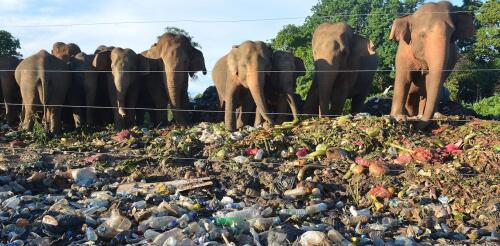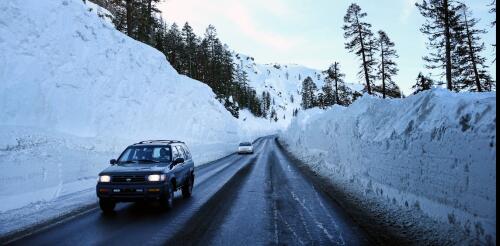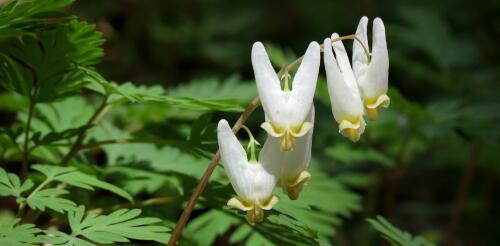Forests
Despite their iconic status and long association with humans, Asian elephants are one of the most endangered large mammals. Believed to number between 45,000 and 50,000 individuals worldwide, they are at risk throughout Asia due to human activities such as deforestation, mining, dam building and road construction, which have damaged numerous ecosystems. My colleagues and I wanted to know when human actions started to fragment wildlife habitats and populations to the degree seen today. We quantified these impacts by considering them through the needs of this species. In a newly published study, we examined the centuries-long history of Asian landscapes that once were suitable elephant habitat and often were managed by local communities prior to the colonial era. In our view, understanding this history and restoring some of these relationships may be the key to living with elephants and other large wild animals in the future. Although e...
As wildfire risk rises in the West, wildland firefighters and officials are keeping a closer eye on the high mountains – regions once considered too wet to burn. The growing fire risk in these areas became startling clear in 2020, when Colorado’s East Troublesome Fire burned up and over the Continental Divide to become the state’s second-largest fire on record. The following year, California’s Dixie Fire became the first on record to burn across the Sierra Nevada’s crest and start down the other side. We study wildfire behavior as climate scientists and engineers. In a new study, we show that fire risk has intensified in every region across the West over the past four decades, but the sharpest upward trends are in the high elevations. In 2020, Colorado’s East Troublesome fire jumped the Continental Divide. AP Photo/David Zalubowski High mountain fires can create...
After three years of extreme drought, the Western U.S. is finally getting a break. Mountain ranges are covered in deep snow, and water reservoirs in many areas are filling up following a series of atmospheric rivers that brought record rain and snowfall to large parts of the region. Many people are looking at the snow and water levels and asking: Is the drought finally over? There is a lot of nuance to the answer. Where you are in the West and how you define “drought” make a difference. As a drought and water researcher at the Desert Research Institute’s Western Regional Climate Center, here’s what I’m seeing. How fast each region recovers will vary The winter of 2023 has made a big dent in improving the drought and potentially eliminating the water shortage problems of the last few summers. I say “potentially” because in many areas, a lot of the impacts of drought tend to show up in summer, once the winter rain and snow stop and the...
For short-lived spring wildflowers such as wood anemone (Anemone quinquefolia) and Dutchman’s breeches (Dicentra cucullaria), timing is everything. These fleeting plants, known as ephemerals, grow in temperate forests around the world, leafing out and flowering early in spring before the trees towering above them leaf out. Emerge too early, and it will still be winter; emerge too late, and it will be too shady under the forest canopy for essential photosynthesis to happen. Over their evolutionary history, these plants have figured out the best timing for their survival. But climate change is altering spring growing conditions, and plant life is changing along with it. There are many examples of plants shifting flowering time in response to warming temperatures, such as cherry blossoms opening earlier and earlier each year. However, when one part of an ecosystem shifts, will all the organisms that depend on it successfully shift too? Or will they be out of luck? And what...
Wildfires and severe drought are killing trees at an alarming rate across the West, and forests are struggling to recover as the planet warms. However, new research shows there are ways to improve forests’ chances of recovery – by altering how wildfires burn. In a new study, we teamed up with over 50 other fire ecologists to examine how forests have recovered – or haven’t – in over 10,000 locations after 334 wildfires. Together, these sites offer an unprecedented look at how forests respond to wildfires and global warming. Our results are sobering. We found that conifer tree seedlings, such as Douglas-fir and ponderosa pine, are increasingly stressed by high temperatures and dry conditions in sites recovering from wildfires. In some sites, our team didn’t find any seedlings at all. That’s worrying, because whether forests recover after a wildfire depends in large part on whether new seedlings can establish themselves and grow. However,...



